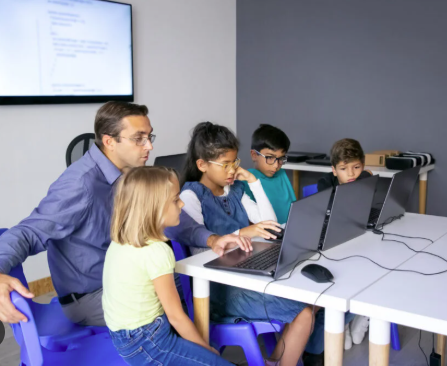Article:
Motivation plays a crucial role in a student’s academic journey. In 2025, personalized learning continues to emerge as a powerful tool for increasing student motivation by aligning education with individual interests, needs, and strengths. When students see personal relevance in their learning experiences, they are more likely to engage deeply, persevere through challenges, and strive for success.
Understanding the Link Between Personalization and Motivation
Personalized learning creates opportunities for students to take ownership of their learning paths. By offering choices in content, pace, and instructional methods, this approach empowers students to make decisions that reflect their preferences and goals. This sense of control fuels intrinsic motivation—learning driven by curiosity and internal satisfaction rather than external rewards.
Goal-Setting and Autonomy
When students help set their learning objectives, they become more invested in achieving them. Personalized learning platforms often allow learners to track their progress and celebrate milestones, building confidence and reinforcing effort. Teachers who act as mentors support students in setting realistic, meaningful goals, encouraging a cycle of motivation and accomplishment.
Connecting Interests to Curriculum
One of the key strengths of personalized learning is the ability to integrate student interests into academic content. Whether a student is passionate about art, technology, sports, or storytelling, lessons can be designed to include these themes, making learning more enjoyable and relevant. This connection fosters a stronger emotional investment and encourages consistent participation.
Timely Feedback and Encouragement
Feedback is more impactful when it is personalized, timely, and focused on growth. In a personalized learning environment, students receive regular insights into their performance, allowing them to reflect, adjust, and continue improving. Encouraging messages and constructive feedback from teachers or platforms contribute to a positive learning atmosphere where students feel supported.
Reducing Anxiety Through Flexibility
Rigid classroom structures can sometimes hinder motivation, especially for students who need more time or alternative strategies to succeed. Personalized learning offers flexibility in how and when tasks are completed, helping to reduce pressure and increase confidence. This adaptable pace ensures that students are challenged but not overwhelmed.
Conclusion
Incorporating personalized learning into the classroom has proven benefits for student motivation. By respecting individuality, offering choice, and supporting goal-setting, schools can foster an environment where students feel inspired to learn. As education continues to evolve in 2025, personalized learning stands out as a key approach to helping students unlock their full potential with confidence and enthusiasm.














